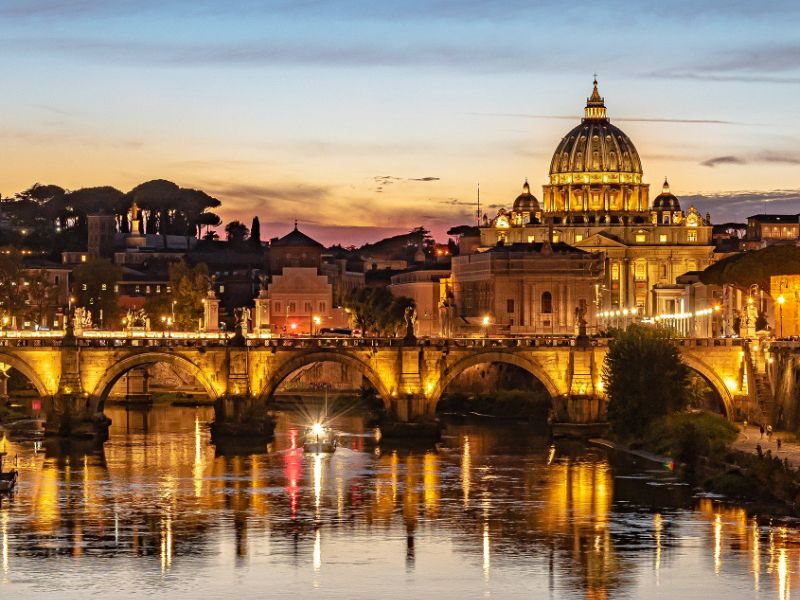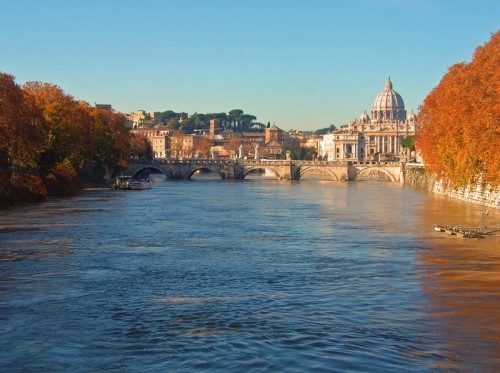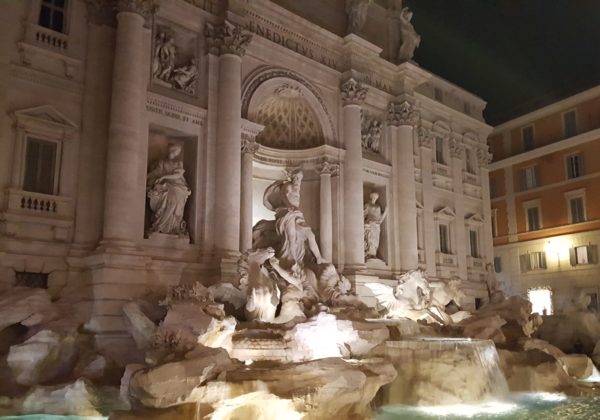Read all about Lazio

The history of Italy passes through Lazio, for its ancient villages perched on the mountains and for Rome, the eternal city where the Papal States are also located.
Visiting Lazio means exploring a region that from the mountains to the sea tells the story of all the peoples who lived or passed through Italy in a succession of archaeological parks, noble palaces, secret gardens, beaches and islands with authentic charm.

Roma in autumn

Trevi Fountain
Accomodation – farmhouses, bed and breakfasts, hotels in villages, camping sites, tourist villages and hotels. The hotel offer of the Region meets the needs of every traveler.
Food – Genuine and homemade, the cuisine of Lazio is a riot of flavors that ranges from appetizers such as bruschetta with oil or cherry tomatoes, to Roman artichokes, to frying artichokes alla giudia, to fried courgette flowers, to the tops Roman cabbage fried in batter, passing through legendary first courses: bucatini all’Amatriciana, spaghetti carbonara, spaghetti cacio e pepe. The latter are also equally famous, just think of the lamb, the lamb cooked in the oven, the Roman saltimbocca to finish with the desserts: maritozzi with cream and Bignè di San Giuseppe.
Flying to Lazio – The region’s main airport is the Leonardo Da Vinci airport in Fiumicino where domestic and intercontinental flights arrive and depart. The airport is about 30 km from Rome and is connected to the center of the capital by trains, the Leonardo Express, and buses.
Getting around – The train is an optimal solution to get to the main localities of the Region, to move to Rome instead you can use the metro and buses. From the Port of Civitavecchia instead numerous ferries leave for Sardinia, Sicily and the ports of Malta, Barcelona and Tunis. From the ports of Formia, Anzio and Terracina, hydrofoils leave for Ponza and Ventotene.
Suggested daily budget – around 30 to 100 EUR

Viaggio e racconto il tuo territorio scrivendo di turismo, marketing territoriale e storytelling nel mio blog TripOrTrek


